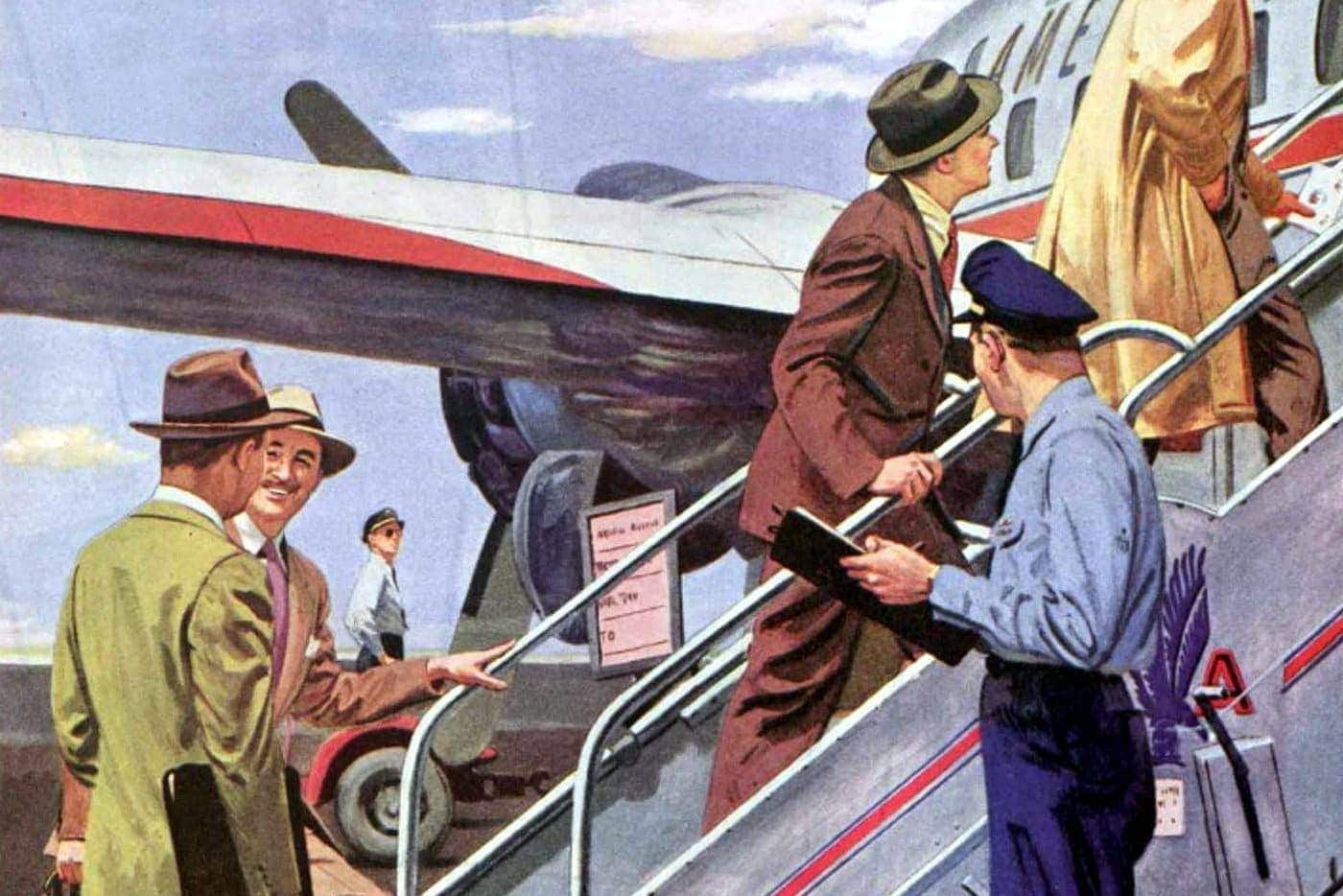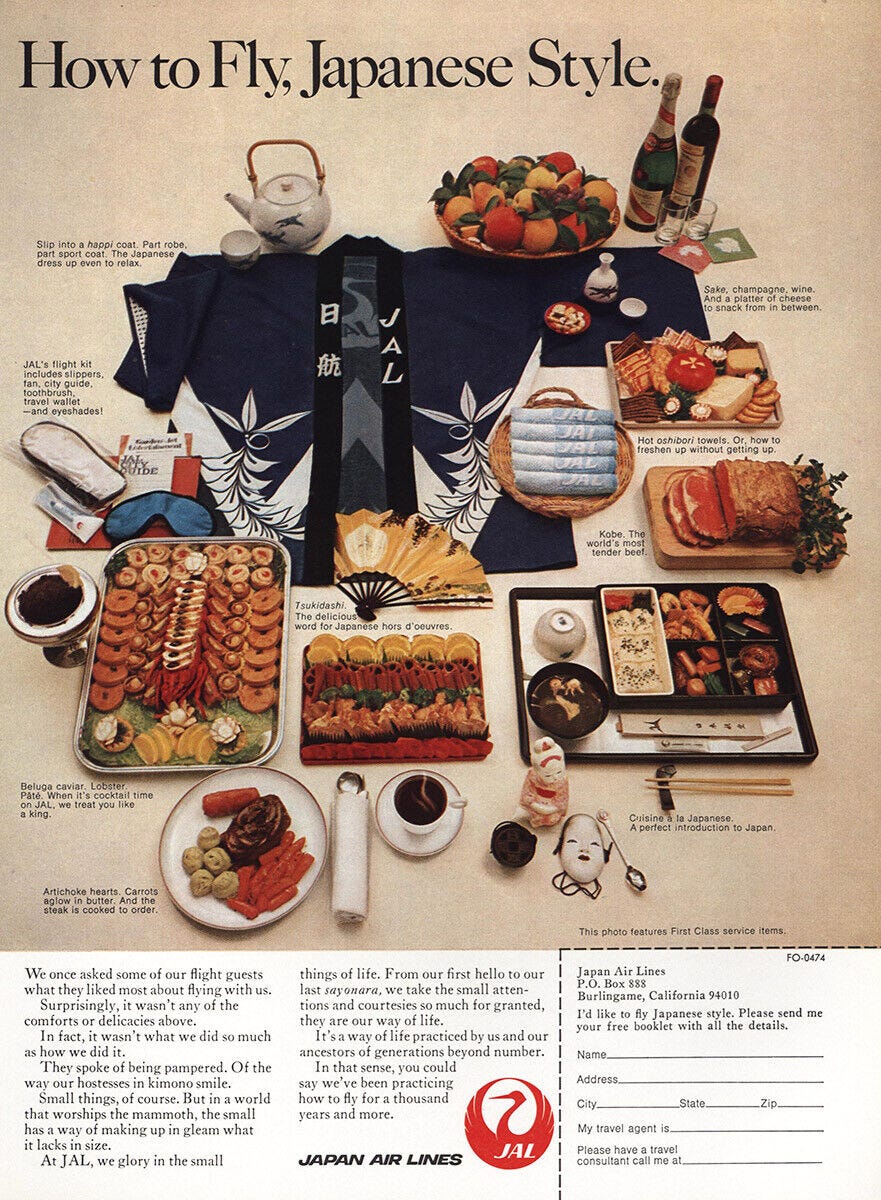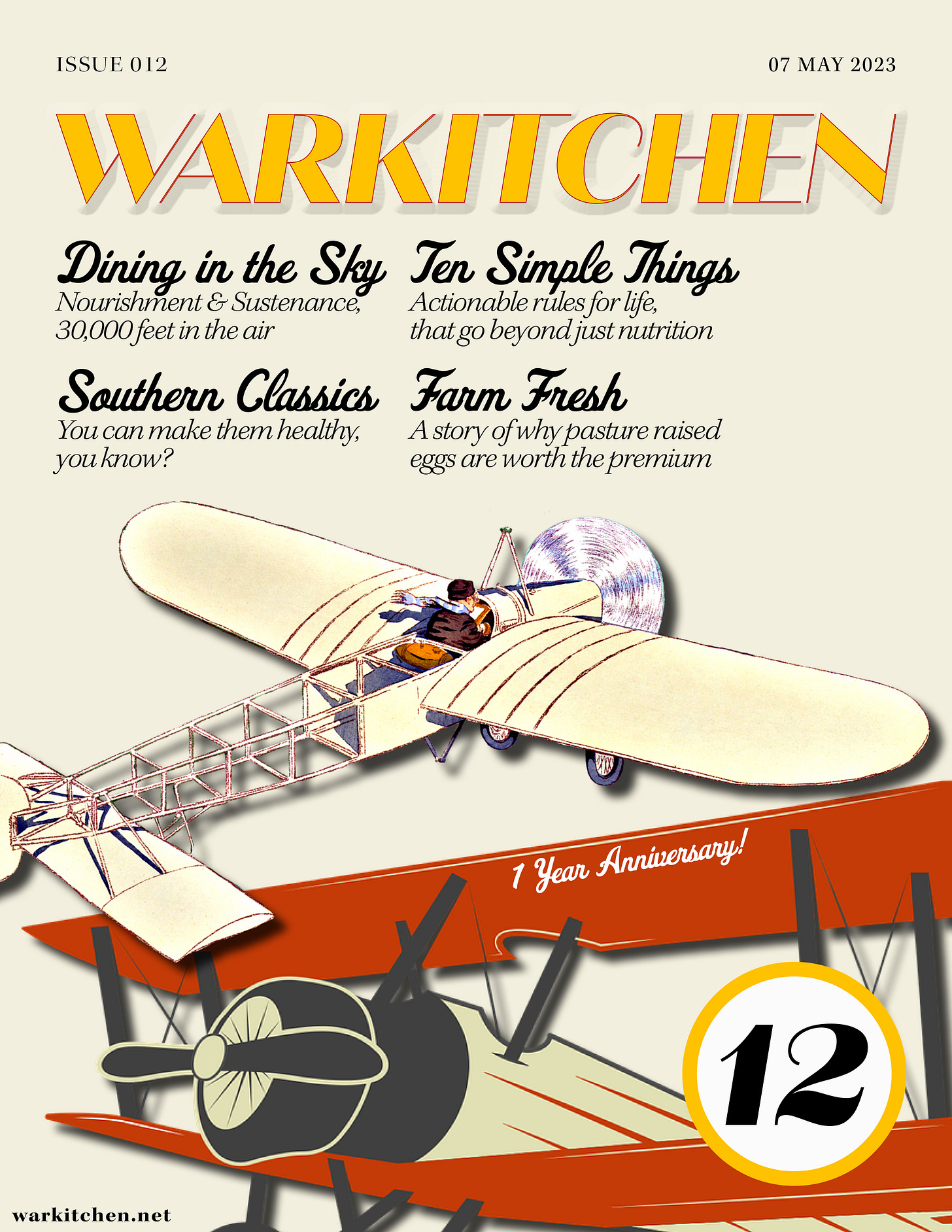Dining in the Sky
Take a trip back in time, to the Golden Age of Flying
Flying was once classy. Passengers would wear their “Sunday Best”, dressed for the occasion; actively looking forward to the journey itself. It was an adventure in the sky; piercing through the clouds to reach your destination. And with all great adventures, there was great food to accompany it with. In this piece, we’ll explore in-flight dining experiences of the past and explore how this once-celebrated aspect of air travel has evolved; or devolved.
The Golden Age of Flying
It was an entirely different world. Back then, airline carriers had to try so much more. It was the customer who was in the cockpit. Commercial air travel was still new, and airlines had to woo passengers on their planes. They did this by offering comfort, service and indulgence, and the meals onboard were no exception. Back in the 50s, airlines like Pan Am were renowned for their what they served and how they did it — lobster thermidors and filet mignons on white tablecloths with fresh flowers. Stewardesses who were more like hostesses. Caviar and lobster was commonplace. With multi-course meals served on fine china, you wouldn’t realize you were in a plane until you looked out the window. And yes, smoking was allowed and even encouraged on planes. Dining in the sky just back then was a culinary experience 30,000 feet in the air that was truly unforgettable.
How to Fly, Japanese Style
Japan Airlines, for instance, gained a reputation for their luxurious meals. It was not just the incredible attention to detail they paid to every course, but the fact it was all tied together in an experience in of itself — from providing the right clothing to the enthusiasm of the stewardesses in kimono.
You’d slip into a happi coat, traditionally made with soft cotton or linen. Once you’re comfy, you’d have a few slices of fruit. Try some beluga caviar. Carrots with butter (very peaty). Indulge in premium Kobe beef. They even care enough for your micronutrient composition to provide you some pâté. They covered all bases. And of course, some sake to wash it all down. This quality wasn’t just reserved for first class either. They didn’t hold much back in economy, as the saying goes, “In Japanese etiquette, there is no Economy way to welcome a guest”. Brilliant.
Wasn’t All Sunshine and Rainbows
While I absolutely love this era of flying, from the aesthetics to the proper food they used to serve, it wasn’t all perfect. Many of these planes back then, especially in the 50s were propeller planes, and they couldn’t really fly when the weather was turbulent. This meant frequent delays and cancelled flights at the airport. Eh, at least they didn’t have to take their shoes off!
The Decline of the Airline Food Quality
Of course, this era of mass opulence did not last. As time went on, airlines faced increasing pressure to cut costs, and the in-flight experience was casualty #1. The quality of ingredients tanked, as companies prioritized profit over passenger satisfaction. The proliferation of cheaper seed oils meant that more of them were used instead of traditionally expensive saturated fat and oils like extra virgin olive oil and very slowly, food quality deteriorated.
Deregulation & Changing Landscape
The deregulation of the airline industry in the 1980s further worsened not just the in-flight dining experience, but flying overall, on average, of course. With more competition in the market, many airlines had to cut costs to stay competitive, resulting in a decline in average quality. The rise of ‘budget’ and low-cost carriers also contributed to this trend, and they normalized providing minimal or no in-flight food options to keep ticket prices low.
The Importance of Nourishment
Why do we care so much about food on planes anyway? Does it really matter? Here at the WarKitchen, we take pride in what we put in our bodies and it is an understatment to say that what you eat is crucial for a healthy state of mind. Travelling for long distances is already a stressor on the body. You do not want to pile on this with poor nutrition. These days, the average airline meal is a far cry from Japan Air in the 70s. People eat seed oil-laden bread, weird “jams” and then wonder why they have jet lag for days after. Proper nourishment is crucial for a comfortable and enjoyable flight experience and you will also feel better at touchdown —allowing you to use your time experiencing the world, instead of laying in bed all day. If you’re flying modern economy, either refuse to consume the in-flight food or bring some of your own. Hard boiled eggs. Smoked salmon packets. Cacao bars. Anything light that you wouldn’t mind consuming cold works really well. Or you could be like Dr Saladino and take an entire coconut with you! Alternatively, you could eat a good meal prior to your flight and fast while you’re in the air, maybe indulge in the liquids on board as you do some writing, or catch Top Gun for the 39th time.
Excellent Airlines
Sure, the quality of airline meals in general has fallen since the access to flying has increased over the past few decades. But this does not mean there aren’t any airlines today that take pride in the food their serving their customers. Singapore Airlines are one very good example, and they have developed a rather extensive system that helps ensure quality control, from economy to first class. They even offer a ‘Book the Cook’ service that allows passengers to pre-select their meals, and include any “seed oil allergies” you might have. Emirates are another airline renowned for their food quality, with an extensive menu and exclusive partnerships with renowned chefs. They even offer specialty cheeses. You could build your own charcuterie board.
Bringing the Golden Age Back
We desperately need to overhaul the airline experience. It’s not just the food. It’s everything from the pointless security checks, to the many hoops you have to jump, just to get on a plane. More airlines need to follow the likes of Singapore & Emirates and start investing in ingredients and systems to improve food quality. This means collaborating with great chefs and improving their backend logistics to consistently offer warm, healthy meals. Vote with your wallets and fly with airlines that prioritize food quality and demonstrate a commitment to providing an exceptional in-flight dining experience.
To conclude, while the golden age of flying may seem like a distant memory, there are still opportunities to enjoy a high-quality in-flight dining experience if you know where to look. By choosing airlines that prioritize food quality and taking steps to ensure proper nourishment during your flight, you can bring back some of the elegance and luxury that characterized air travel in the past.
Make flying great again.
This article was originally published in Issue 12 of the WarKitchen magazine. You can read it in its original form here. If you’re on the newsletter, you’ll be the first to know when the next issue drops: warkitchen.net.
Thank you for reading the WARKITCHEN. Till next time 🥂








